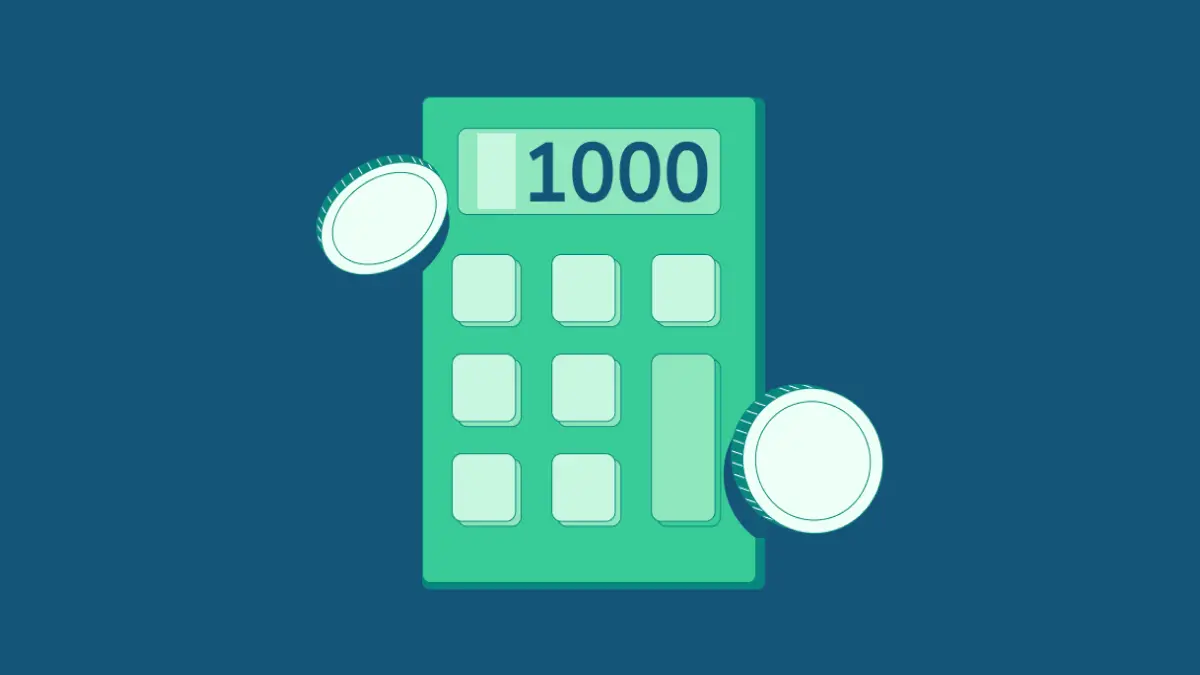
It’s All About the People: Helping Your Employees Effectively Engage with Their 401(k)
The most important thing you offer your employees (other than a job!) is a robust benefits package including a 401(k). Whether you’re setting up your company’s first plan, switching providers, or just hoping to increase engagement, this guide will help you effectively manage your employees’ interaction with their retirement plans.
Build a Plan that Maximizes Enrollment
While helping your employees save enough for retirement may be your ultimate goal, that can’t happen if they’re not enrolling to begin with. There are a number of simple things you can do to encourage your employees to take that first step.
- Incentivize participation - One of the best ways to get employees to contribute to their plan is by offering an employer match. There are different ways you can set this up, but the most common formula is matching 50 cents on the dollar, up to 6% of an employee’s salary, for a maximum match of 3%. You can also consider adding a profit sharing component, which allows employers to make flexible, discretionary contributions to a plan.
- Autoenroll employees -The most effective way to maximize enrollment is by having an auto enroll feature, which has been adopted by 60% of companies. This means that participants are automatically enrolled when they meet the eligibility requirements and must “opt out” in order to not contribute.
- Re-evaluate eligibility requirements - If your engagement numbers are not where you’d like them to be, it’s worth assessing if your plan’s eligibility requirements are too restrictive. Eligibility is usually based on how long a participant has worked at a company, full-time versus part-time status, and/or age.
Hold Effective Enrollment Meetings
Once a plan is set up, there should be an annual enrollment meeting to review plan basics and encourage participation. This can be done virtually or live, depending on which you think will draw a better response (after all, you know your employees best!).
Set the Tone
- Add some pizza(z) - It’s important to set the tone of the enrollment meeting - and adding a little fun can go a long way. Consider including free pizza or other incentives to encourage employees to attend.
- Simplify the message - It can be tempting to cover all available benefits in one meeting, but lumping insurance, HSAs, 401(k)s, etc. all together can confuse and overwhelm employees. Focus on one benefit per meeting.
Cover the Basics
- Starter plans - If this is your company’s first plan, you need to start with the basics – people aren’t used to this additional money coming out of their paycheck and they’ll want to know what they’re signing up for. Start by covering:
- What’s a 401(k)?
- How do I sign up?
- How does it work?
- What is an employer match?
- Conversion plans - If you’re converting a plan from a previous provider, employees are usually more concerned with how their money flows from one account to another. They’ll want to know:
- Where is my money?
- When will I have access to my money?
- How do I use the new provider?
- Has my plan changed at all?
- Why are we making this change?
Highlight Key Topics
- Why save - While participants may not remember their entry date or which target date fund to select, the most important thing for them to remember is why saving is important. Help them understand the impact of starting early and how compound interest adds up.
- Rollovers - Help employees understand all of their rollover options and be ready to provide rollover forms at the meeting to help them smoothly transition assets.
- Withdrawing funds - Distributions, Loans, Hardship & Disability...these topics get into the nitty gritty of a retirement plan and are often a major source of questions and confusion. Don’t overwhelm employees with every detail, but ensure they understand when you would engage with each, and why it’s important to not view your 401(k) plan as a short-term savings vehicle.
Encourage Ongoing Engagement
Communicating with your employees throughout the year ensures your plan is well suited for your workforce’s demographics and that new (and current) employees are well informed. Continue to create opportunities for engagement by considering the following:
- New hires - After holding the initial enrollment meeting, it’s important to continue educating new hires as well. Depending on how often new team members are added, consider having a monthly meeting for all new employees to discuss the company’s retirement plan. They’ll likely want to know when they are eligible, how they get set up, and how to roll over previous assets.
- Required notices - There are several required notices that are sent throughout the year. These are typically handled by your 401(k) provider and include things such as plan information modifications, investment information, and more. Familiarize yourself with these notices so you are prepared to answer your employees’ questions. Here’s a full calendar of annual communications for sponsors.
- Plan evaluation - Ask yourself at least annually if your plan is set up right for you and your employees. Employees leave, new ones join, and workforce demographics change, which could be a catalyst for changing your plan as well. Good indicators of a plan’s “health” include evaluating things such as your participation rate and average deferral rate.
At the end of the day, having a robust engagement and educational program is the key to ensuring your employees receive the most value from their retirement plan. The good news is that you are not alone. You can always look to your advisor and/or retirement plan provider for the support you (and your employees!) need.








